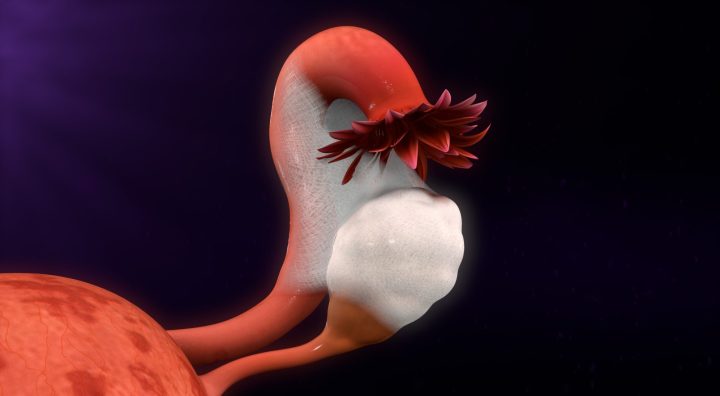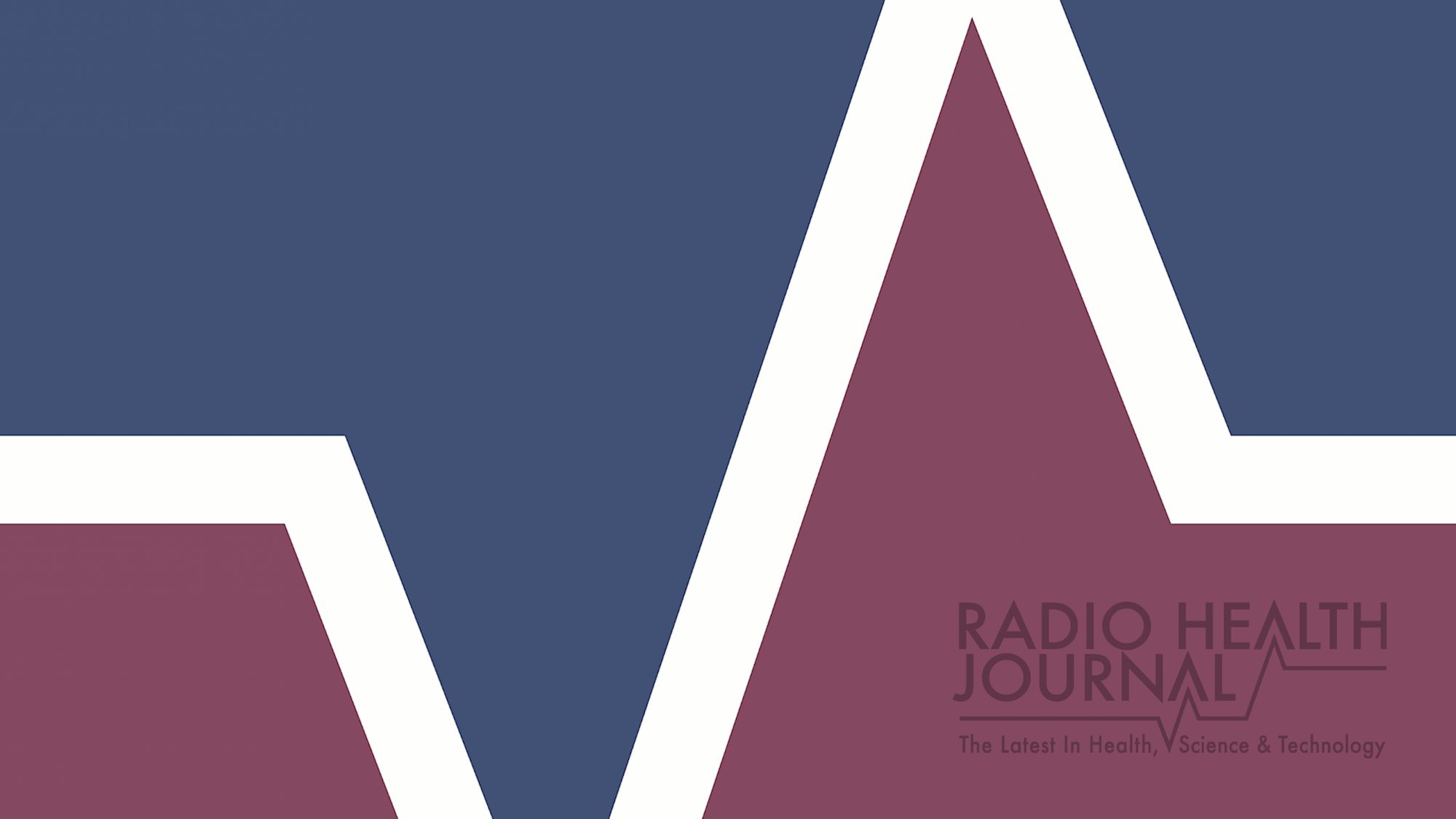Eye transplants have long been attempted unsuccessfully. Doctors are taking what they’ve learned in hand transplants, especially in nerve regeneration, and applying it to eye transplant development. Experts discuss what need to be accomplished to make transplants a reality.
Guest Information:
- Dr. Joel Schuman, Chairman and Professor of Ophthalmology, Neuroscience and Physiology, New York University School of Medicine and Langone Medical Center and Director, Langone Eye Center
- Dr. Kia Washington, Assistant Professor and Associate Director, Hand Transplantation Program, University of Pittsburgh
Links for more info:
17-09 Eye Transplants: The Future of Reality
Nancy Benson: We often think of science fiction writers as being able to predict the future because sometimes events they’ve written about actually come true – at least to some degree. Take for instance Mary Shelley’s ‘Frankenstein’ considered by many experts to be the first science fiction novel ever written back in 1818. In it, a scientist takes body parts from a variety of human corpses to create a new man who the scientist then shocks into life. On a certain level, researchers today are discovering how to do just that.
Dr. Joel Schuman: Electricity does actually improve the regenerative process, so she may not have been that far off on the use of electricity for re-animation.
Benson: That’s Dr. Joel Schuman, Chairman and Professor of Ophthalmology, Neuroscience and Physiology at the New York University School of Medicine and Langone Medical Center and Director of the Langone Eye Center.
Schuman The Frankenstein monster was put together of dead tissue from different corpses, so in the sense that you’re taking tissue from a being and transplanting it into the other being - yes, I think that they analogy works at that level. It’s more kind of like Minority Report if you wanted to go to literature, where Tom Cruise plays the character and he is given a new pair of eyes.
Benson: In Steven Spielberg’s film from 2002, Cruise’s character gets a whole eye transplant and wakes up after surgery able to see again. That’s where science fiction and reality part.
Dr. Kia Washington: Eye transplantation is not a new concept, it’s not something I thought of by myself, and it’s actually been around since the 1800s. There was a French surgeon by the name of Chebray and he actually transplanted a rabbit eye into a young blind girl in hopes to restore vision but it failed for many reasons.
Benson: That’s plastic surgeon Dr. Kia Washington, Assistant Professor and Associate Director of the Hand Transplantation Program at the University of Pittsburgh.
Washington: A hand transplant involves podded tissues, including nervous tissue to apply function in the same sense an eye transplant is comprised of a lot of different tissue types. So in that way, they are similar because there are similar obstacles involved in that type of transplant.
Benson: Washington is applying her skills and research in hand transplantation to whole eye transplantation.
Washington: As far as what I’m doing that may be different from the past is that we’ve really developed a good animal model in our laboratory in the rodent which connects the donor-recipient whole eye and the optic nerve, we sew that together and we go into its anatomic position and we do it into the eye of the recipient and that, to my knowledge, has never been done before and it really gives us an unprecedented ability to start exploring eye transplantation to translate it, to making it in into a clinical reality for humans.
Benson: Washington’s team has successfully transplanted a pair of eyes into a laboratory rat – “successful” meaning the transplanted eyes have maintained optimal fluid levels and pressure for two years, without being rejected – that’s a real achievement. However, the rat is still blind – but researchers know that success comes one step at a time. The next step in whole eye transplantation is getting the optic nerve to regenerate.
Schuman The optic nerve is the cable that takes information from the eye to the brain. Think of it as a computer with a camera on it, like we used to have in the old days before cameras were built into the computers and you had to plug the camera into the computer through the USB port. So, until you’ve plugged it into the USB port that information never got to the computer where it was then processed and you would be able to Facetime of view the other person or whatever. It’s sort of like exchanging the camera but without plugging it in – if the optic nerve is not regenerated.
Benson:: We should know here that researchers intend whole eye transplants only for people who could previously see; those whose eyes had been injured in some way. Retinal cells are unlike many others in the body – once they’re damaged they don’t regenerate and without regeneration, there’s no sight.
Schuman The cells in the retina typically do not regenerate; if you have an injury to one of the cells in the tissue that area is just dead. We’re learning ways now to regenerate or to revitalize those cells or to put in new cells like stem cells that become the cells that have been injured or killed. And also using small molecules to stimulate the remaining cells so that you enhance their abilities to transmit information – that’s called neuro-enhancement – as opposed to neuro-regeneration. But if you’re doing a whole transplant you need to have that regenerative aspect where the cells from the retina can reconnect to the brain.
Benson: That sure may sound like science fiction but Washington and Schuman and their collaborators are hopeful that they’ll see completely successful, whole eye transplants in humans, within the next 10-20 years.
Schuman If you don’t take an audacious project, it will never get done. So we know the difficulties that involved, the amount of time it takes to do a project like this, the different types of skills that are required and I know that this really does sound like science fiction but I do think that it’s reasonable to expect that it would be done in the next 10-20 years.
Benson: You can learn more about our guests, Dr. Kia Washington and Dr. Joel Schuman by visiting our website at RadioHealthJournal.net. Our writer-producer this week is Polly Hansen. Our production director is Sean Waldron. I’m Nancy Benson.
Sign up to receive email updates
Enter your name and email address below and I'll send you periodic updates about the podcast.











Leave a Reply